A Modern Guide to Styling the Timeless Chinese Qipao
In the realm of fashion, few garments have the timeless elegance and cultural significance of the Chinese Qipao. This traditional Chinese dress has captivated the world with its unique blend of form and function, embodying the essence of Eastern beauty and grace. As we delve into the modern styling of this iconic garment, we explore its evolution, cultural significance, and the various ways it can be adapted to suit contemporary tastes while honoring its rich heritage.
Historical Roots of the Chinese Qipao
The Chinese Qipao, also known as the cheongsam, has its roots in the Manchu culture of the Qing Dynasty. It was originally a loose-fitting garment worn by both men and women. However, by the early 20th century, it had evolved into a more form-fitting silhouette, particularly for women, reflecting the changing social norms and the influence of Western fashion. As per Wikipedia, “The qipao became a symbol of Chinese culture and elegance in the 1920s and 1930s, especially in Shanghai, where it was widely adopted by both the upper and middle classes.”
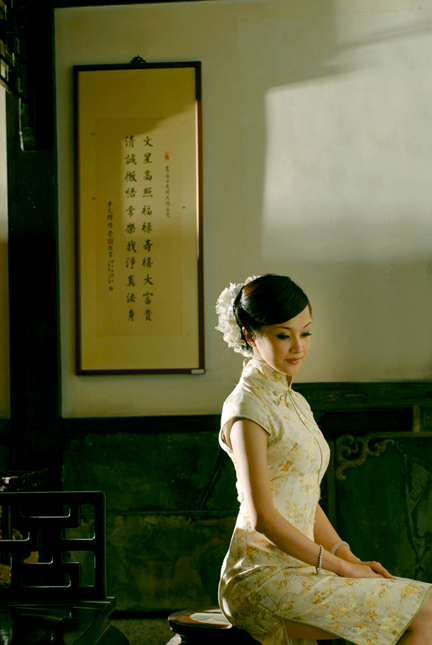
Cultural Significance in Modern Times
Today, the Chinese Qipao is more than just a dress; it is a cultural artifact that continues to hold a special place in the hearts of many. It is often worn during traditional festivals, weddings, and other significant events. The dress is a testament to the resilience and adaptability of Chinese culture, as it has managed to maintain its relevance in an ever-changing world. As a Quora user noted, “The qipao represents the beauty and strength of Chinese women, and its popularity is a reflection of the growing interest in traditional Chinese culture.”
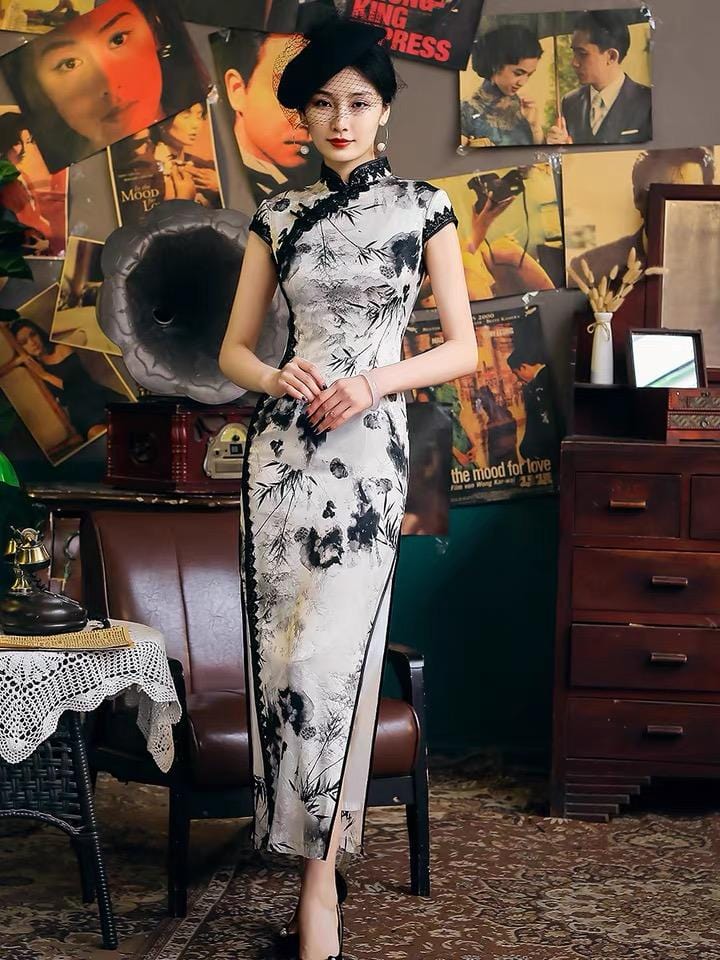
Styling the Qipao for Contemporary Fashion
Styling the Chinese Qipao in a modern context requires a delicate balance between preserving its traditional charm and incorporating contemporary elements. One can experiment with different fabrics, patterns, and accessories to create a unique look. For instance, pairing a silk qipao with modern jewelry or wearing it with a pair of high heels can add a chic twist to the classic design. As a renowned fashion designer once said, “The beauty of the qipao lies in its versatility; it can be dressed up or down depending on the occasion.”

Adapting the Qipao for Special Occasions
The Chinese Qipao is not only suitable for everyday wear but can also be adapted for special occasions. For formal events, one can opt for a qipao made of luxurious materials like silk or satin, adorned with intricate embroidery or lace. For a more casual look, a qipao in a lighter fabric with a simpler design can be just as elegant. As a popular fashion blogger on YouTube mentioned, “The qipao is a versatile piece that can be dressed up with accessories or kept simple for a minimalist look.”

Conclusion
The Chinese Qipao is a garment that transcends time and trends, offering a unique canvas for self-expression and cultural celebration. Its enduring appeal lies in its ability to adapt to different styles and occasions while maintaining its inherent elegance. Whether you choose to wear it as a nod to tradition or as a fashion statement, the qipao is a testament to the rich tapestry of Chinese culture and its influence on the global fashion scene.





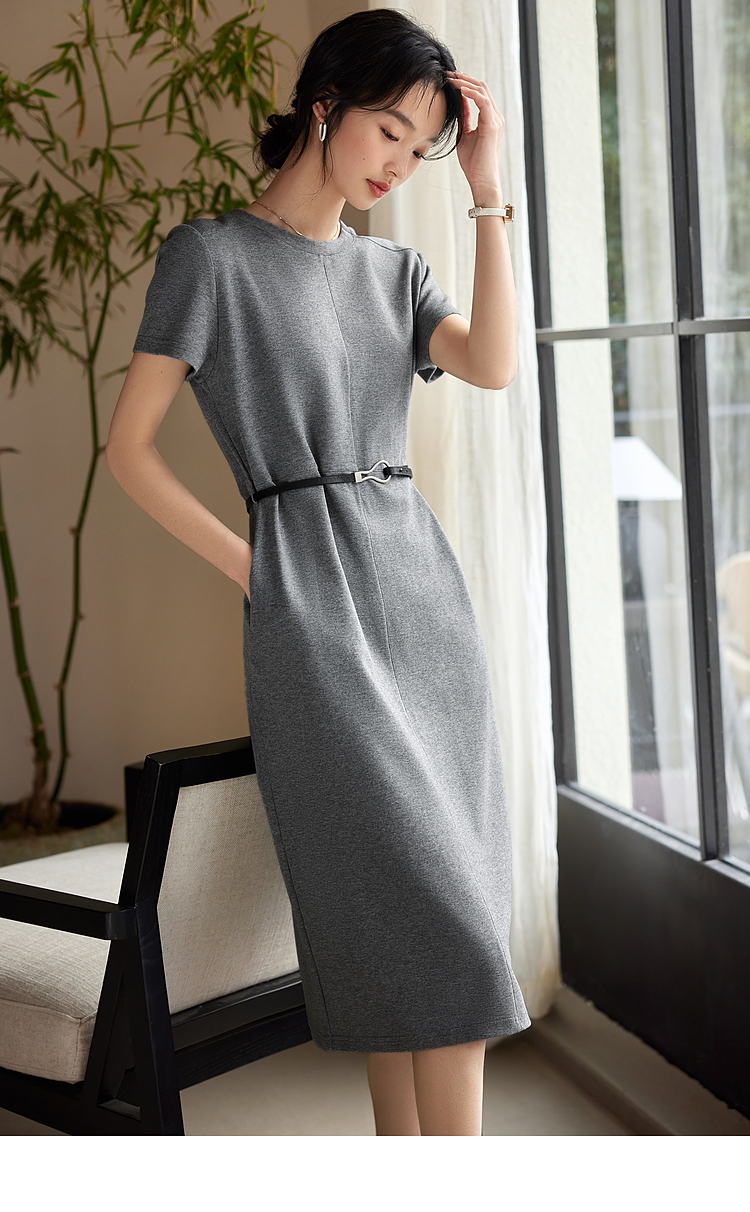
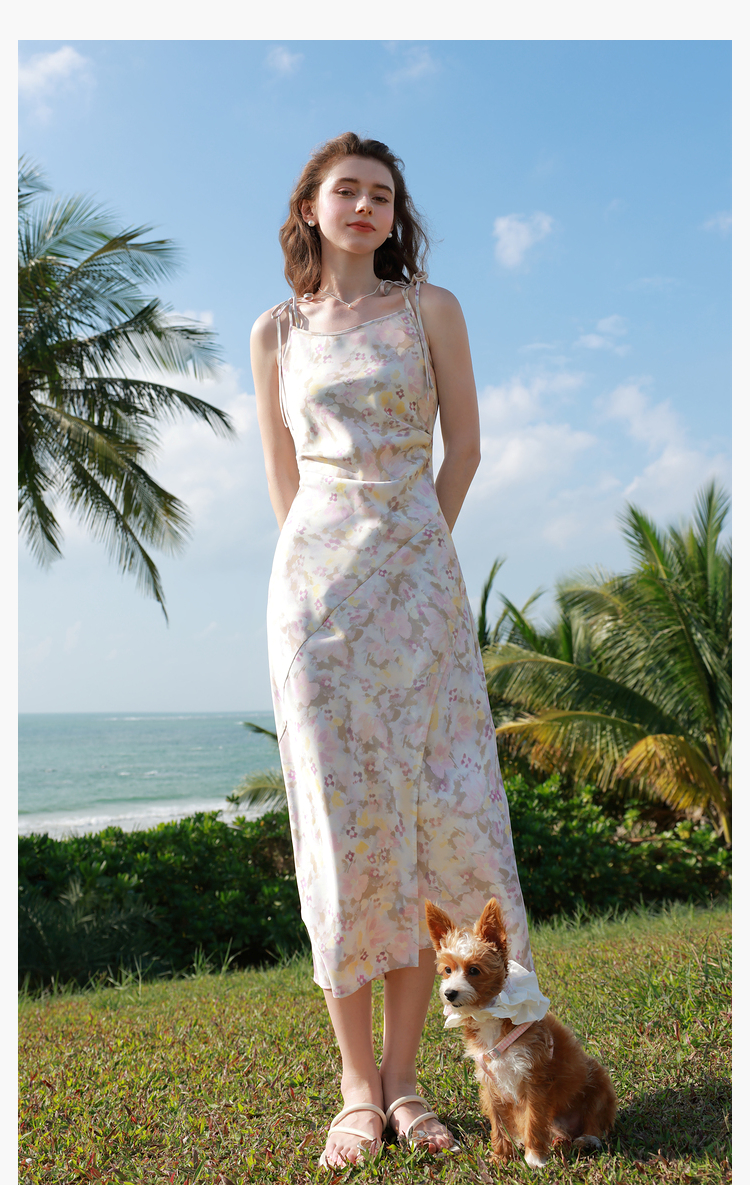
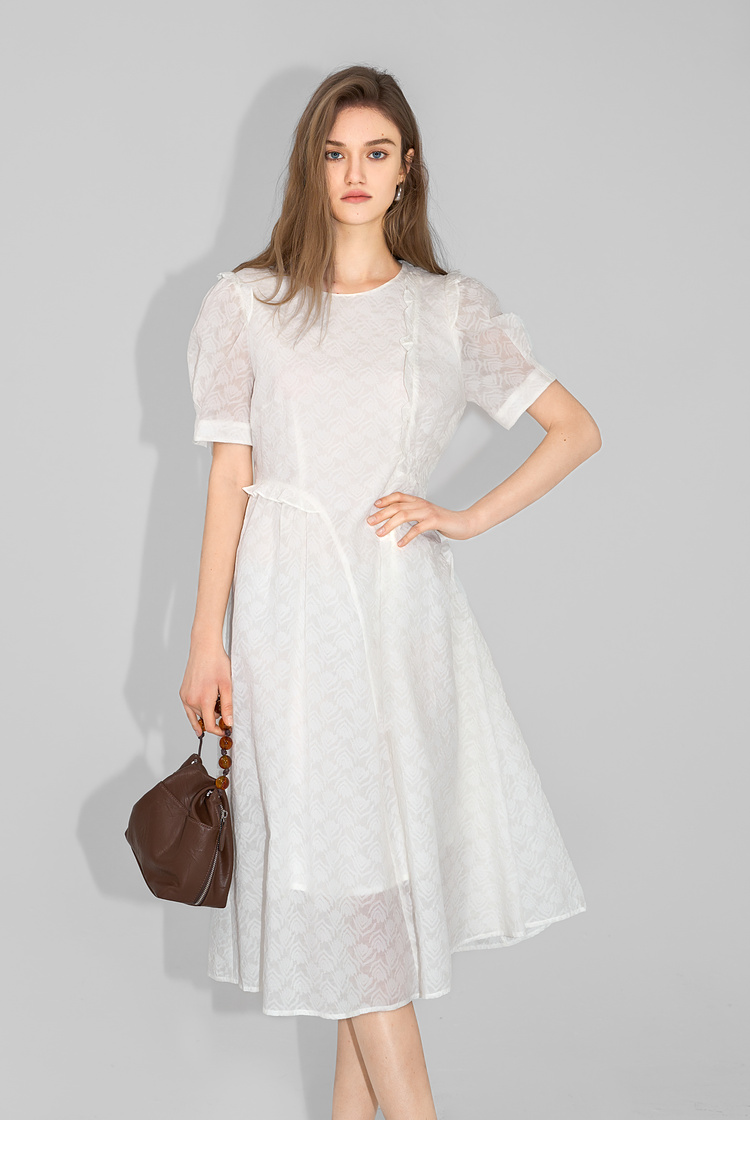
As a Chinese woman in her 30s, I find the Qipao to be a beautiful representation of my heritage. Wearing it makes me feel connected to my roots, especially during traditional festivals. The modern adaptations are a great way to keep this timeless piece relevant in today’s fashion world.
I’m a photographer, and the qipao is one of my favorite subjects to shoot. Its intricate designs and flowing lines make for stunning visuals. The article’s images are a great addition!
I’m a traveler, and I always pack a qipao for formal events abroad. It’s a conversation starter and a way to share my culture with others. This article reinforced my love for this iconic dress.
I’m a fashion student, and I find the Qipao to be a great source of inspiration. The intricate designs and the way it accentuates the figure are elements that can be incorporated into modern fashion. It’s a timeless piece that never goes out of style.
As a cultural ambassador, I believe the Qipao is a powerful tool for promoting cultural understanding. Its beauty and elegance can captivate people from all walks of life.
The qipao is not just a dress; it’s a cultural statement. I love how the article highlights its significance in modern times, especially during festivals and weddings. It’s a beautiful way to honor tradition.
I’m Chinese-American, and wearing a qipao always makes me feel connected to my heritage. It’s more than just a dress—it’s a symbol of pride.
I’m a fashion student, and I find the Qipao to be a great source of inspiration. Its intricate designs and elegant cuts are a masterclass in fashion design.
I’m a fashion influencer, and I love how the Qipao can be styled in so many different ways. From classic silk to modern cotton, the Qipao offers endless possibilities for creative expression. It’s a great piece to experiment with different styles and trends.
I’m a mother of two, and I love dressing my daughters in Qipaos during Chinese New Year. It’s a beautiful way to teach them about our cultural heritage and traditions. The modern designs make it fun and stylish for them to wear.
Being a man, I never thought the Qipao would appeal to me, but the article’s exploration of its historical roots and cultural significance has changed my perspective. It’s not just a dress; it’s a piece of history and art.
I’m a college student in the US, and I recently bought a Qipao for a cultural event. The fit and feel were amazing, and I received so many compliments. It’s a great way to show pride in my Chinese heritage while staying stylish.
The Qipao is a perfect example of how traditional garments can be modernized without losing their cultural significance. As a fashion designer, I admire the creativity that goes into adapting the Qipao for contemporary tastes while still honoring its heritage.
I’m a cultural studies professor, and I use the Qipao as a case study in my classes. Its evolution and cultural significance are fascinating. It’s a great example of how fashion can reflect and shape cultural identity.
As a professional in the fashion industry, I appreciate the craftsmanship that goes into making a Qipao. The attention to detail and the use of high-quality materials make it a luxurious item. It’s a piece that can be passed down through generations.
I’m a fashion influencer, and I recently did a collaboration with a designer who specializes in Qipaos. The response was amazing. People love how versatile and elegant the Qipao can be. It’s a timeless piece that never goes out of style.